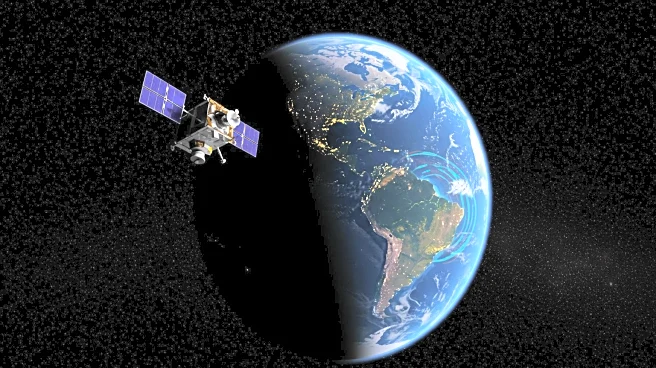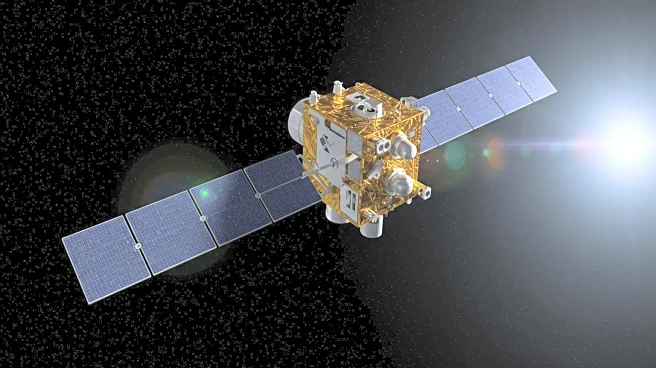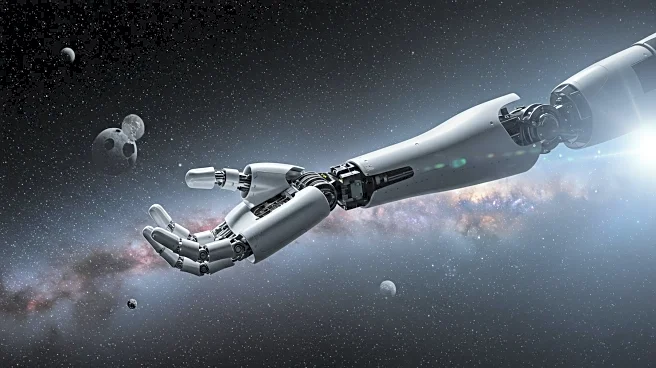What is the story about?
What's Happening?
NASA scientists are closely monitoring the South Atlantic Anomaly (SAA), a region of lower magnetic intensity over South America and the South Atlantic. This anomaly allows more charged particles to dip closer to low-Earth orbit, posing challenges for satellites and space missions. The SAA has been observed to move westward, weaken, and split into two lobes, although it currently has no visible impacts on daily life at the surface. The anomaly is significant because it affects the inner Van Allen belt, causing higher radiation exposure for satellites transiting the zone, which can lead to data corruption or resets. The International Space Station frequently passes through this region, prompting operators to adjust instrument operations during transits.
Why It's Important?
The South Atlantic Anomaly is crucial for space missions as it represents a localized 'pothole' in Earth's magnetic field, impacting sensitive space hardware. Engineers and mission planners must account for the anomaly when designing satellite operations, as it can lead to increased radiation exposure risks. While the anomaly itself is not a doomsday signal or indicative of an imminent pole reversal, it poses a manageable engineering challenge. The broader risks to Earth-based services, such as navigation or communication satellites, are more dependent on solar storms than the SAA itself. Monitoring this anomaly is essential for ensuring resilient technology in orbit.
What's Next?
Space agencies continue to rely on consensus models like the International Geomagnetic Reference Field (IGRF) to forecast changes in the magnetic field and plan satellite design and operations. These models are regularly updated to quantify radiation exposure risks for spacecraft. NASA and other agencies will keep tracking the SAA's evolution to mitigate potential impacts on space missions. The anomaly's persistence is linked to deep-mantle structures beneath Africa, which may influence the geodynamo over long timescales, although this remains an active area of research.
Beyond the Headlines
The South Atlantic Anomaly highlights the complex interactions between Earth's magnetic field and space technology. It underscores the importance of understanding geophysical phenomena and their implications for satellite operations. The anomaly's dynamics may offer insights into Earth's magnetic field behavior and contribute to broader scientific knowledge about planetary magnetic fields.
AI Generated Content
Do you find this article useful?











